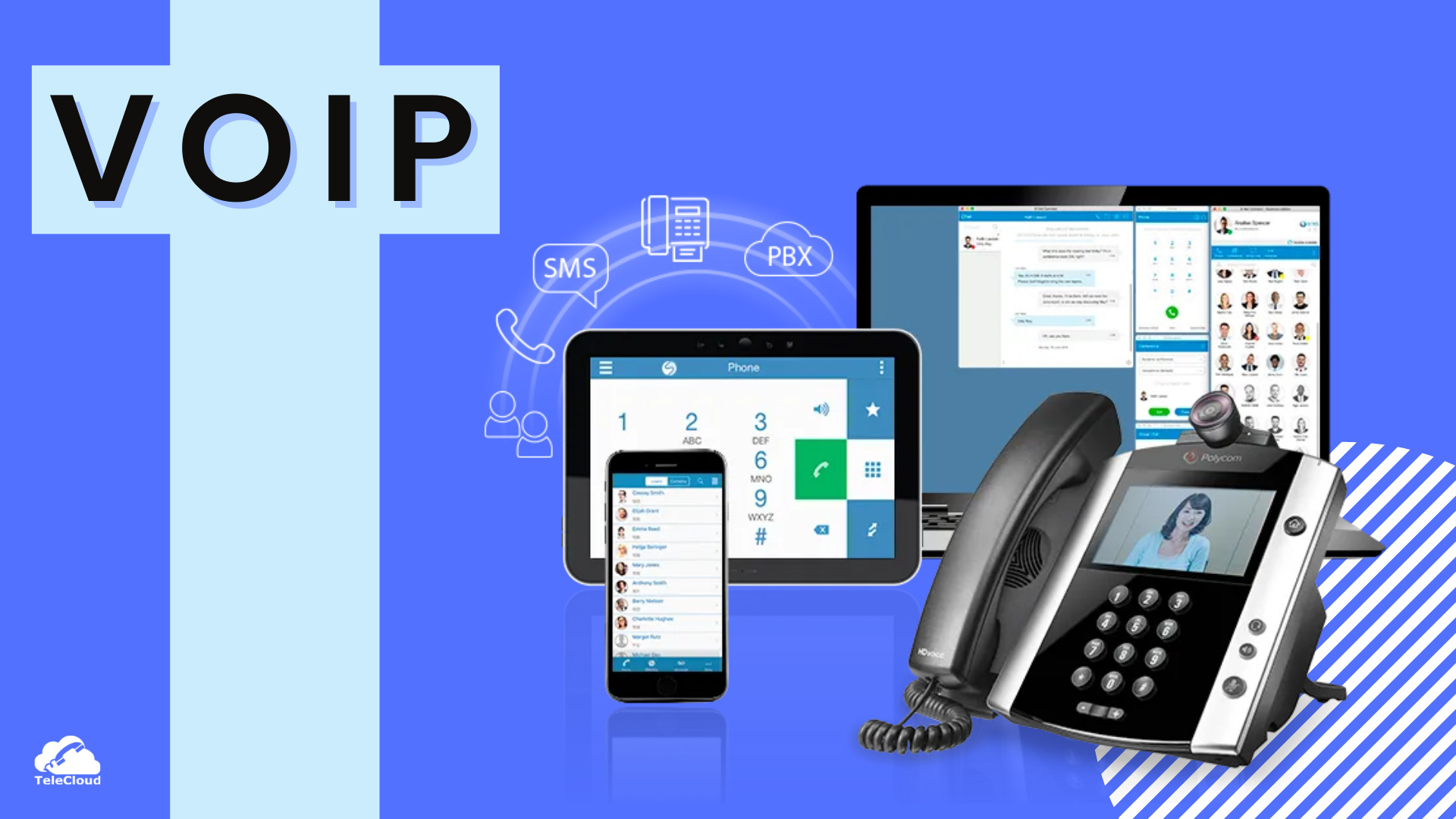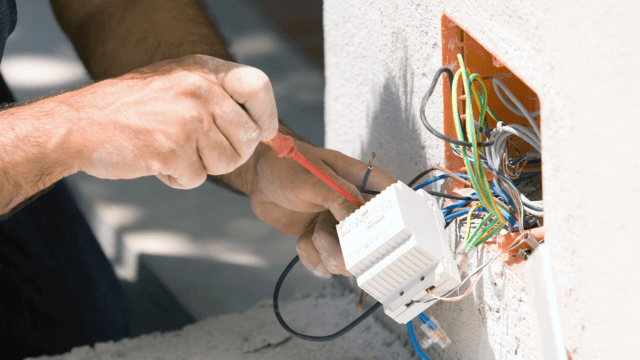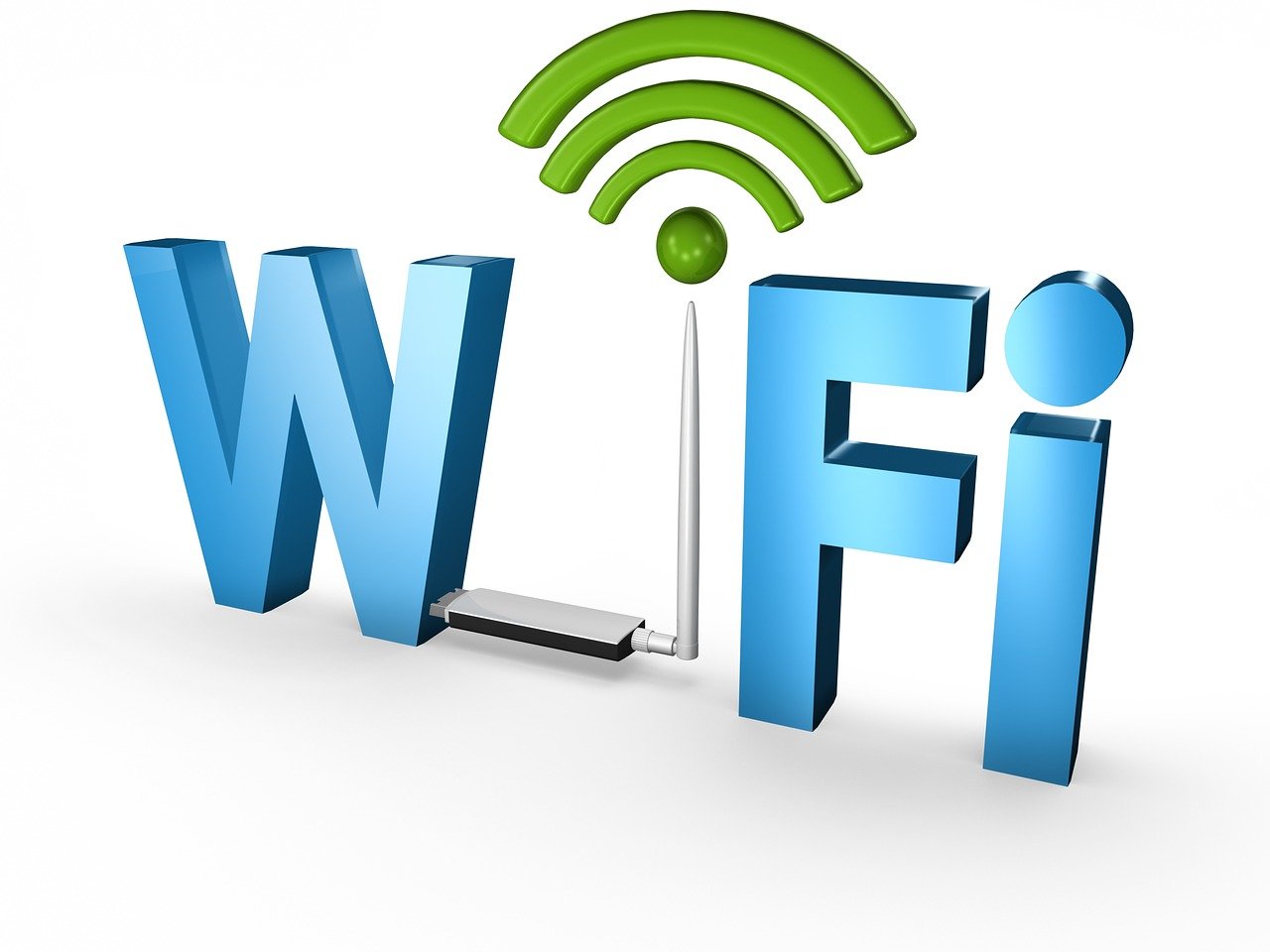Interesting Techie Explain Everything About VoIP Technology

Voice over Internet Protocol (VoIP) is a technology that enables the transmission of voice and multimedia content over the Internet. Instead of using traditional analog phone lines, VoIP converts voice signals into digital data and sends them over IP networks, like the internet or private local area networks (LANs). This technology has revolutionized communication by providing a cost-effective and flexible alternative to traditional telephony systems. Interesting Techie is one of the Tech Blog and website that providing the Tech Innovation and Gadgets Reviews.
Key Components of VoIP Technology
Analog-to-Digital Conversion: VoIP starts by converting analog audio signals (voice) into digital data. This conversion is done using analog-to-digital converters (ADCs), which sample the sound wave at regular intervals and convert it into a stream of digital data.
Packetization: The digitized voice data is then broken down into small data packets. These packets include both voice data and control information, such as source and destination addresses, timestamps, and error-checking data.
Codecs: Codecs (coder-decoder) compress and decompress the voice data to reduce bandwidth usage during transmission. They convert the analog audio into a digital format, compress it, and then decompress it on the receiving end.
IP Network: VoIP relies on IP-based networks for transmitting data. This can be the public internet or private IP networks within organizations.
QoS (Quality of Service): Since voice data is sensitive to delay and jitter, QoS mechanisms are implemented to ensure that voice packets are prioritized over other types of data. This helps maintain a high-quality voice communication experience.
Session Initiation Protocol (SIP): SIP is a signaling protocol used to establish, modify, and terminate real-time sessions, such as VoIP monitor.
It handles call setup, termination, and other essential functions.
VoIP Phones or Softphones: VoIP phones are specialized hardware devices that resemble traditional telephones but connect to the internet or LAN. Softphones, on the other hand, are software-based applications that run on computers or mobile devices, turning them into VoIP phones. You need to choose best VoIP Phone System according to your business length and needs.
Gateways: VoIP gateways bridge the gap between traditional telephony systems (PSTN – Public Switched Telephone Network) and VoIP networks. They convert digital voice signals from IP networks to analog signals compatible with the PSTN and vice versa.
Advantages of VoIP Technology
Cost-Effective: VoIP often offers lower costs for both local and international calls, especially when compared to traditional telephone services.
Flexibility: VoIP allows users to make calls from various devices, including computers, smartphones, and VoIP phones, providing enhanced mobility.
Rich Features: VoIP systems typically offer advanced features like call forwarding, voicemail-to-email, conference calling, video calling, and more.
Scalability: VoIP systems can easily scale up or down to accommodate the changing communication needs of businesses. You can Easily Troubleshoot and Fix VoIP Phone System Errors Easily.
Integration: VoIP can be seamlessly integrated with other communication systems and software, enhancing productivity and workflow.
Global Reach: VoIP enables easy communication across international borders without incurring high costs.
Challenges of VoIP Technology
Reliability: VoIP is dependent on internet connectivity, so service quality can be affected by network outages or congestion.
Emergency Services: Traditional phone services are tied to physical addresses, making it easier for emergency services to locate callers. This can be more challenging with VoIP, where users can make calls from various locations.
Security Concerns: VoIP can be vulnerable to security threats, including eavesdropping, identity spoofing, and denial-of-service attacks.
Quality of Service: When network conditions are poor, such as high latency or low bandwidth, it can lead to reduced call quality and dropped calls.
Despite these challenges, VoIP technology has become widely adopted in both personal and business environments due to its cost-effectiveness, flexibility, and feature-rich capabilities. As technology continues to advance, VoIP is expected to evolve further and become an even more integral part of modern communication systems.
Even with some hurdles, VoIP service providers have driven widespread adoption of VoIP technology in both personal and business settings. This is thanks to its affordability, adaptability, and the abundance of features it offers. As technology keeps progressing, VoIP is poised to further develop and become an even more essential element of modern communication systems.





